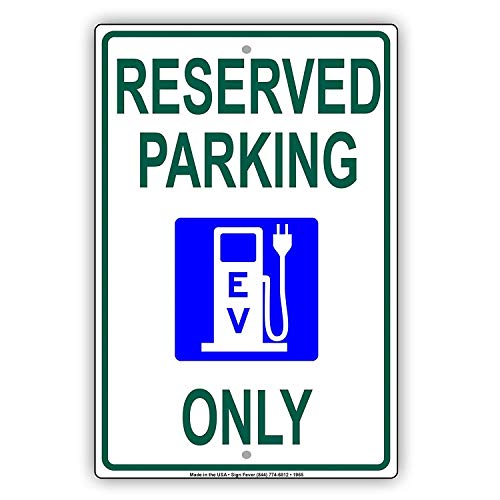What is the cost of doing some regen ( >B0) and then increase speed again compared to just let the car roll (B0) using its kinetic energy? Let's assume the car has same initial speed, same distance and same speed at end of distance for both cases.
I can imagine there are some losses in both regen chargers and in electricity engines... Of course "it depends" but what are we talking about roughly? 5% loss? 50% loss?
I can imagine there are some losses in both regen chargers and in electricity engines... Of course "it depends" but what are we talking about roughly? 5% loss? 50% loss?


































